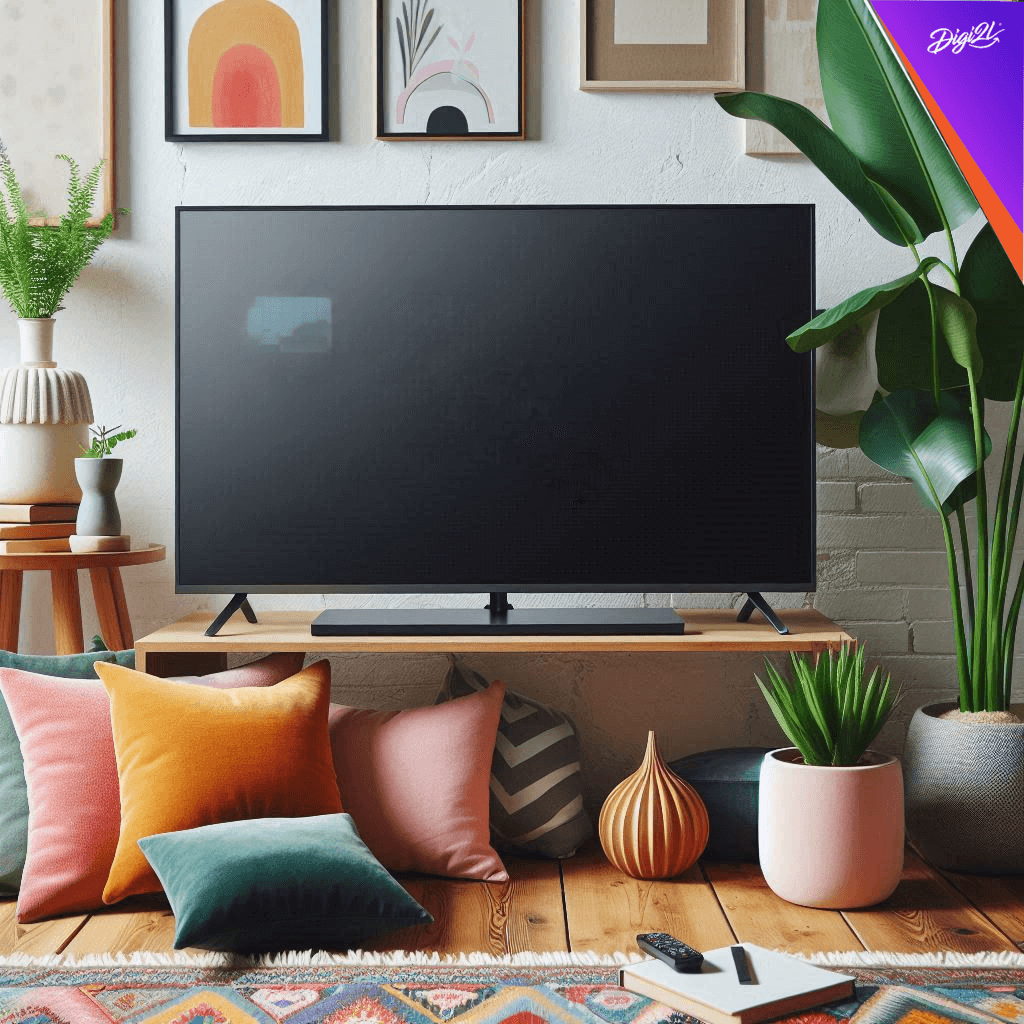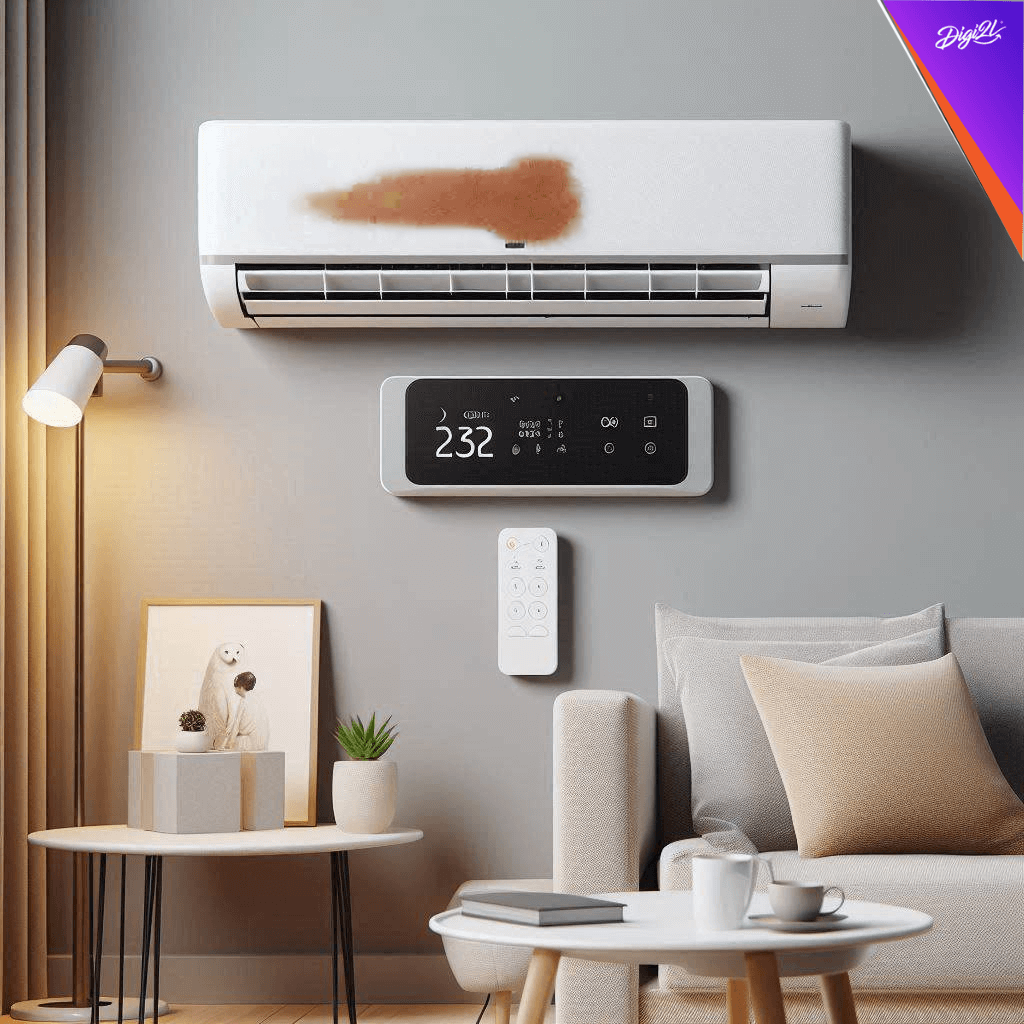
Please Wait ...


Blogs> The Voltage Dilemma: Can Low Voltage Damage Your Home Appliances?

Imagine returning home after a long day, ready to unwind in the comfort of your air-conditioned living room, only to find your appliances behaving strangely. Lights flicker, fans rotate sluggishly, and your trusty refrigerator seems to be struggling. Could low voltage be the culprit behind these puzzling scenarios? In this blog, we’ll delve into the world of low voltage and its potential to wreak havoc on your cherished home appliances.
The Voltage Conundrum
Voltage is the measure of electric potential energy in a circuit. Most household appliances are designed to operate within a specific voltage range, which allows them to function optimally. When the voltage supplied to your home drops below this range, you’re faced with what’s commonly referred to as low voltage.
Effects of Low Voltage on Appliances
Inefficiency and Reduced Performance: Just like a car running on low fuel struggles to maintain its usual speed, appliances operating under low voltage conditions tend to work inefficiently. Fans may rotate slower, lights might appear dimmer, and devices can take longer to perform their tasks.
Heat Generation: Low voltage can lead to increased heat generation within appliances. This can be particularly concerning for motors and compressors. Excessive heat can hasten wear and tear, leading to premature failure of components.
Motor Burnouts: Motors, whether in fans, air conditioners, or refrigerators, require a certain level of voltage to function properly. Insufficient voltage can cause the motor to draw excess current, potentially leading to overheating and burnouts.
Electronic Component Stress: Many modern appliances contain sensitive electronic components. Low voltage can cause these components to work harder to achieve the same level of performance, putting them under stress and reducing their lifespan.
Flickering Lights: Low voltage often manifests as flickering or dimming lights. This phenomenon not only affects your visual comfort but can also indicate potential damage to your electrical devices.
Prevention and Mitigation
Voltage Stabilizers: Installing voltage stabilizers can help regulate the voltage supplied to your appliances, ensuring they receive a steady and safe level of power.
Surge Protectors: These devices safeguard your appliances from voltage fluctuations, including both low and high voltage spikes.
Professional Assessment: If you notice consistent issues with your appliances, consult a professional electrician to evaluate the voltage levels in your home.
Low voltage might seem like a minor inconvenience, but its impact on home appliances can be significant. Appliances forced to operate under low voltage conditions are prone to inefficiency, heat-related problems, and potential component failures. Understanding the importance of maintaining optimal voltage levels and investing in preventive measures like voltage stabilizers and surge protectors can save you both money and frustration in the long run. Your appliances will thank you for providing them with the right amount of power to thrive and serve you well.
Image by pvproductions on Freepik

By Digi2L - June 8, 2024

By Digi2L - June 7, 2024

By Digi2L - June 6, 2024